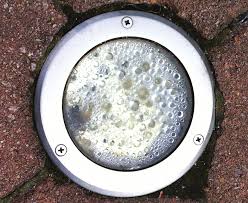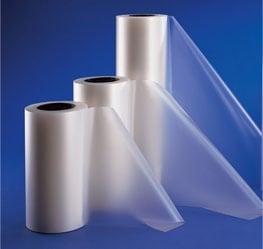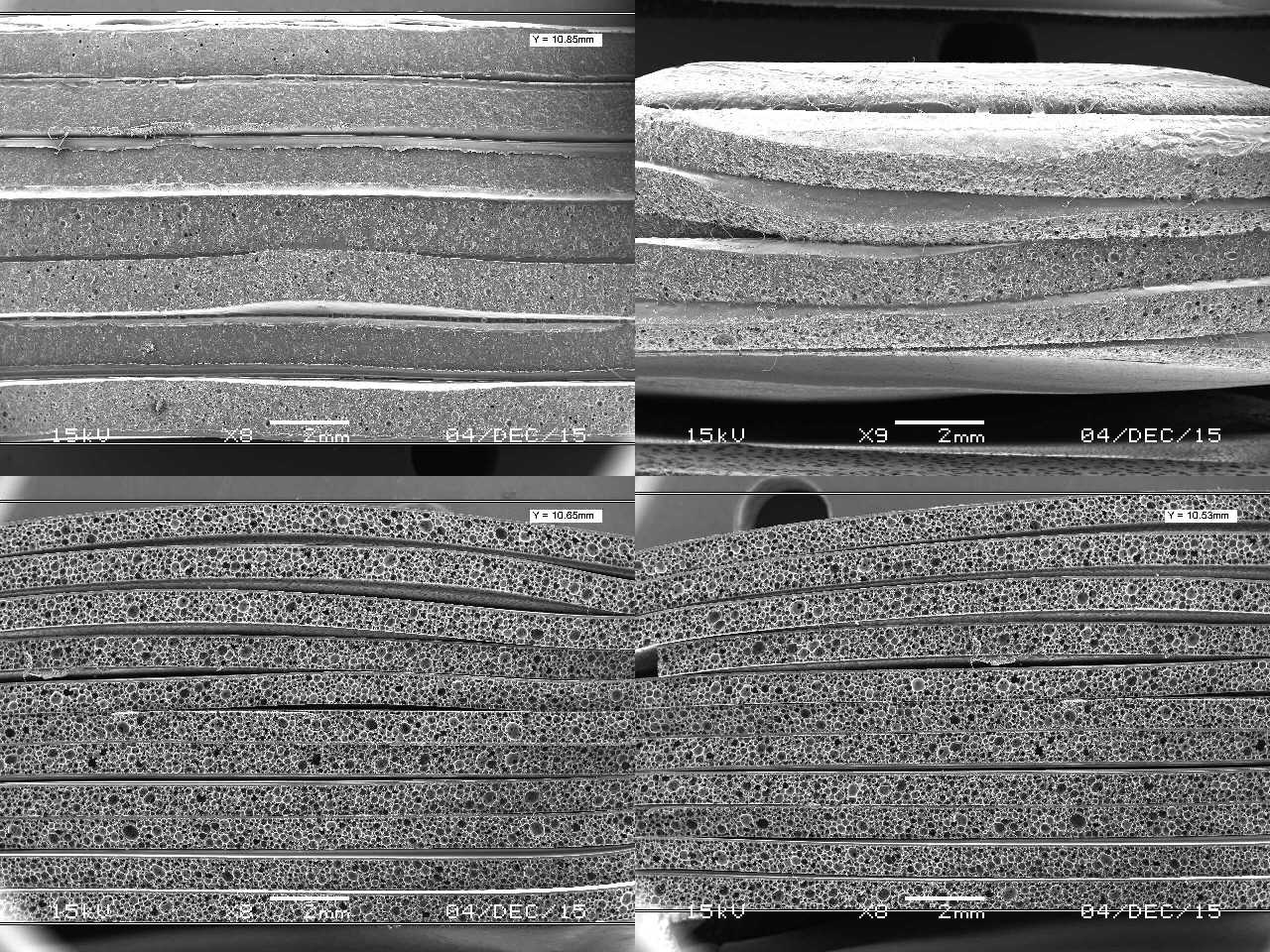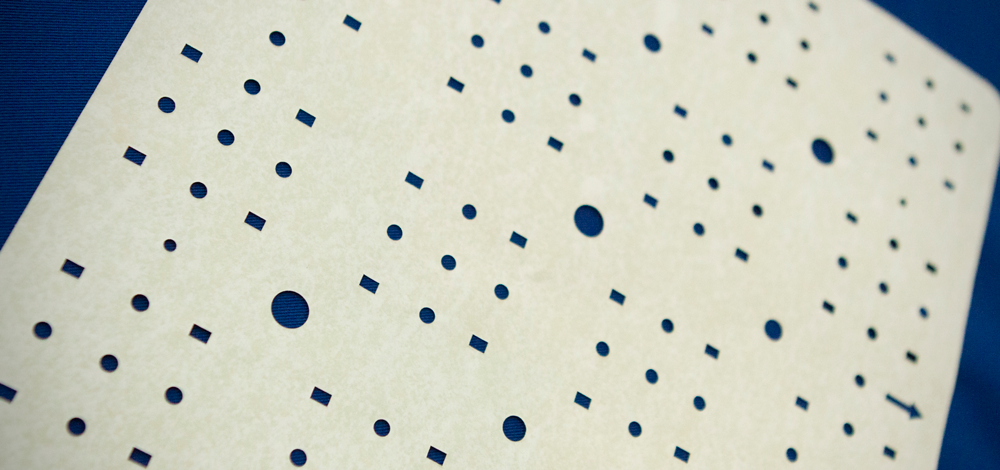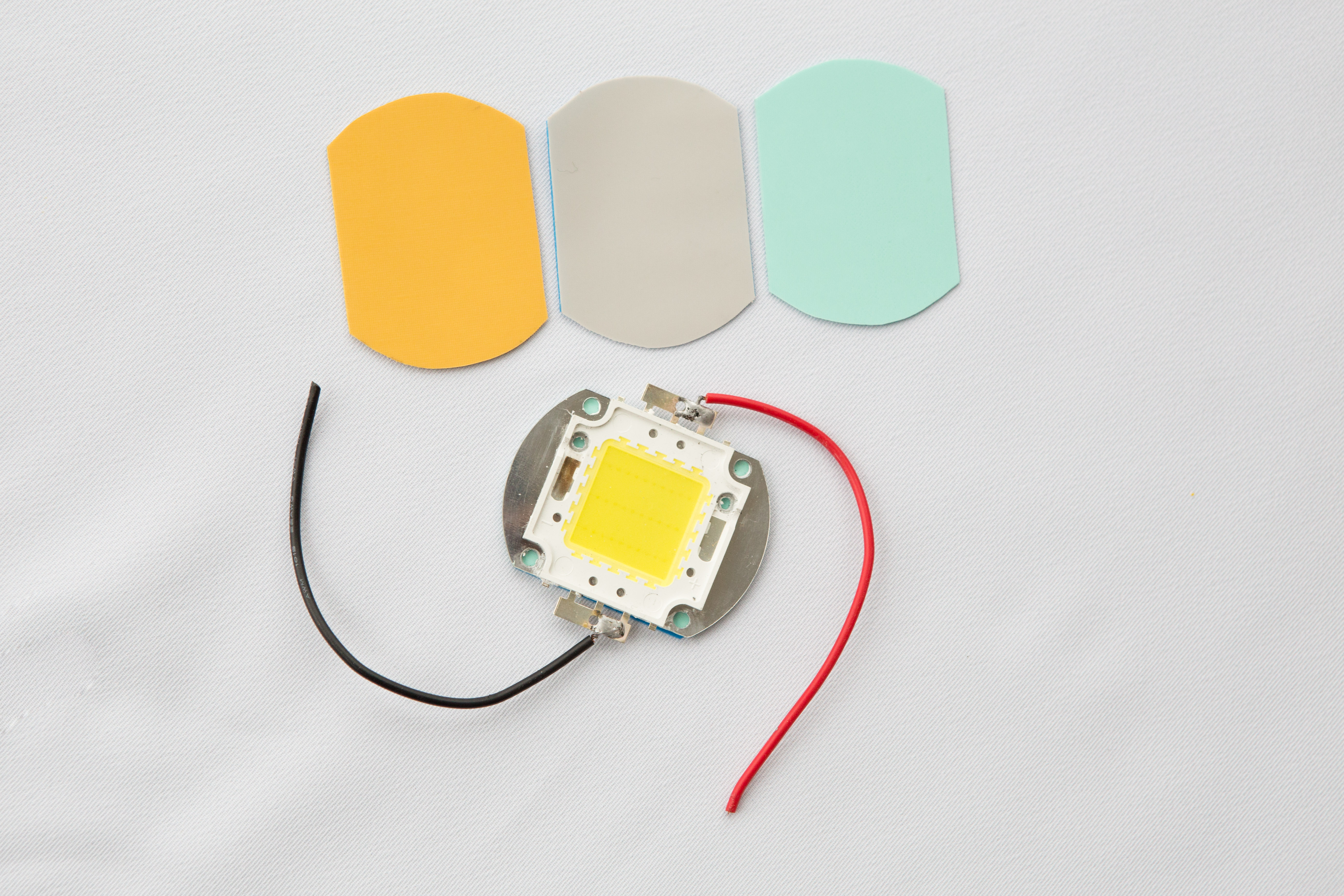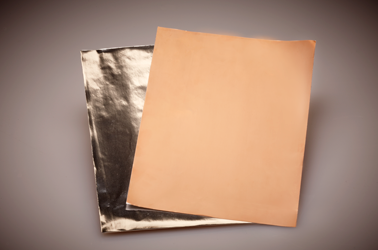3M™ has released a series of new attachment tapes for the automotive market with a goal to strengthen their offering in low VOC thin attachment tapes where increasing regulation and OEM/Tier suppliers are driving a larger need. VOC refers to the amount of volatile organic compounds. VOCs are inherently present in newly produced components for auto interiors, which are made of materials like rubber, plastic, foam, and leather. They contain additives that are especially volatile when vehicles are new. Automobile manufacturers have become increasingly focused on the air quality of the interior, making a push toward lower VOC emissions, which makes low VOC tapes appealing.
Here are 10 things you should know about 3M Low VOC Tapes:


